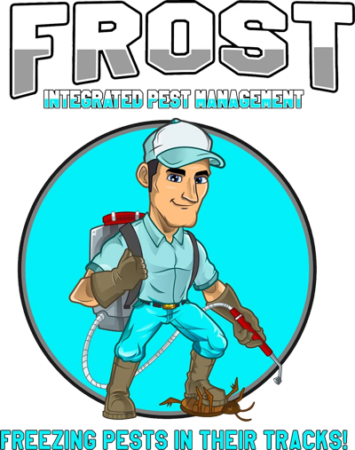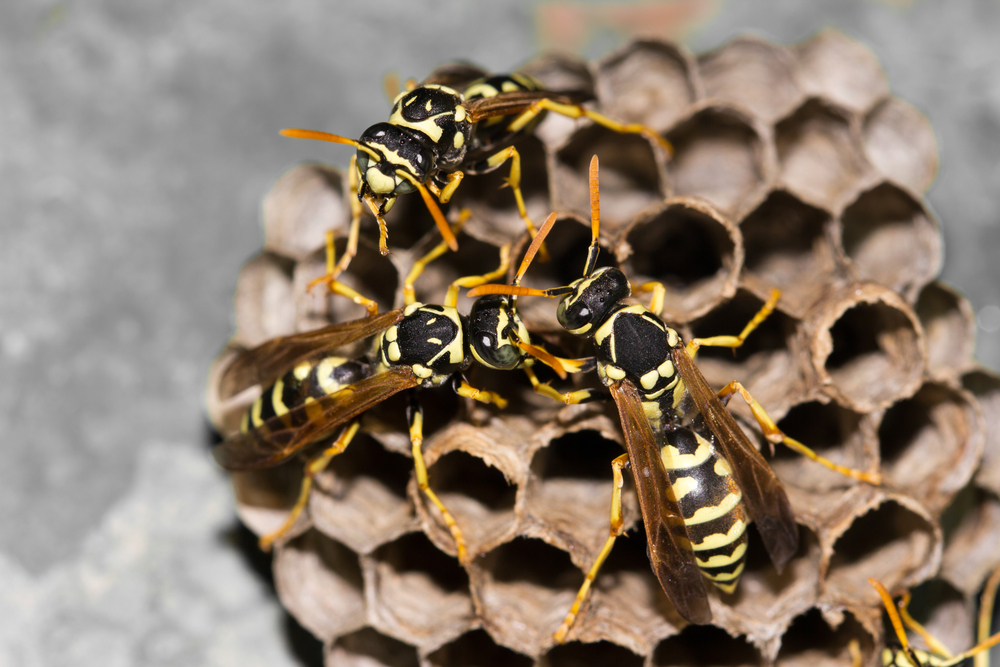How to Spot a Wasp or Yellow Jacket Nest in Your Portland Backyard
As the warm summer sun returns to Portland, many residents take to their backyards for gardening, barbecues, or quiet relaxation. However, the same season that brings outdoor enjoyment also signals peak activity for wasps and yellow jackets. These stinging insects are not only a nuisance but can also pose serious health risks if disturbed. Knowing how to identify a wasp nest and ensuring proper yellow jacket control in Portland, OR is crucial for maintaining backyard safety. This comprehensive guide explores how to spot these nests, what makes them unique, and the best steps for wasp nest removal in Portland.
Understanding the Behavior of Wasps and Yellow Jackets
Before identifying their nests, it’s important to understand the behavioral patterns of wasps and yellow jackets, especially in a region like Portland where the climate provides an ideal environment for them. Wasps are generally solitary or social insects that construct nests from chewed wood fibers mixed with their saliva, forming a papery substance. Yellow jackets, a particularly aggressive species of wasps, are social insects that typically build nests underground, in wall cavities, or hidden in other dark, secluded spaces.
In the spring, a single queen begins building the nest and lays the first batch of eggs. By summer, colonies can grow to house thousands of individuals. These insects are especially active from late spring through early fall. Yellow jackets become more aggressive in late summer when their natural food sources dwindle, often swarming outdoor food and drink. Knowing the active periods helps in planning safe backyard activities and timely wasp nest removal in Portland.
How to Identify a Wasp Nest in Your Backyard
Recognizing the appearance and location of nests is the first step in safe wasp and yellow jacket control in Portland, OR. A common misconception is that all wasps build the same kind of nest. In truth, their structures and placements vary widely.
Wasp nests are typically grayish and have a papery texture, often resembling a small football or teardrop. They may hang from eaves, tree branches, attic rafters, or even the underside of decks. These are often built by paper wasps or hornets. The surface of a wasp nest usually has a swirled, layered appearance. If you notice insects flying in and out of a specific spot with consistency, there’s a good chance a nest is nearby.
Yellow jacket nests, on the other hand, are usually hidden. Unlike other wasps, yellow jackets commonly build their nests underground or in wall voids. Look for small holes in the ground, often in lawns or flower beds, with visible wasp activity. Sometimes these nests are inside discarded furniture, children’s play structures, or compost piles. Because they are not easily visible, yellow jacket control requires more careful inspection and, often, professional assistance.
The Dangers of a Backyard Wasp Nest
Spotting a nest isn’t just a matter of curiosity—it’s a matter of safety. Wasp stings can cause intense pain, swelling, and allergic reactions. Yellow jackets, in particular, are notorious for stinging repeatedly and in groups when their nest is threatened. This makes backyard wasp nest safety an urgent concern, especially for children, pets, and anyone with insect sting allergies.
In Portland, where outdoor living is popular during the summer, the risks are amplified. Backyards often have fruit trees, garbage bins, or sugary drinks—all of which attract yellow jackets. A single accidental bump into a concealed nest can provoke an aggressive swarm, turning a casual afternoon into an emergency situation.
Even if you or your family members aren’t allergic, multiple stings from a swarm can lead to nausea, dizziness, and other systemic reactions. Therefore, backyard wasp nest safety goes beyond comfort—it’s a vital part of maintaining a secure and healthy environment.
When and How to Take Action: Wasp Nest Removal in Portland
Once a nest is identified, the next step is determining how and when to address it. If the nest is small and not located near high-traffic areas, some homeowners choose to wait until winter when the colony naturally dies off. However, this approach can be risky if the nest is active and close to where people or pets spend time.
DIY nest removal is not recommended, especially for yellow jacket control. These insects can sense vibrations and respond with overwhelming force if they feel threatened. Store-bought sprays may only temporarily suppress activity and often do not penetrate the core of the nest. Additionally, attempting to seal up holes without eliminating the colony inside can drive wasps to chew their way into homes or garages.
In Portland, professional wasp nest removal services are equipped with the right protective gear, tools, and insecticides to eliminate the colony safely and effectively. They can also help identify potential nest sites and provide preventative treatments. Hiring professionals not only ensures personal safety but also reduces the chances of reinfestation during the same season.
For those dealing with recurring infestations, regular inspections and treatments may be necessary, especially in older homes or wooded neighborhoods that provide ample nesting spaces. Many Portland pest control companies offer seasonal packages tailored to the local wasp species and nesting patterns.
Proactive Measures and Ongoing Backyard Safety
Prevention is the most effective method of backyard wasp nest safety. Start early in the spring by inspecting your property for early nest construction. Queens tend to begin nesting in sheltered areas, so keep an eye on roof eaves, fence posts, and sheds. Removing a small nest early in the season is much safer than dealing with a mature colony in July or August.
Proper yard maintenance also deters wasps and yellow jackets. Keep trash cans tightly sealed, clean up food scraps after meals, and avoid leaving pet food outdoors. Trim back overgrown bushes and trees where nests could hide, and repair any openings in sheds, garages, or under decks that may serve as nest sites.
Additionally, consider installing wasp decoys or traps in early spring. These devices can deter queen wasps from settling in your yard by signaling that the territory is already claimed. However, they are not substitutes for professional yellow jacket control or wasp nest removal in Portland if an infestation takes hold.
Another helpful strategy is to educate children and family members about nest spotting and sting avoidance. Teach them not to swat at wasps, avoid areas with high insect activity, and report suspicious buzzing or insect traffic near the ground or structural voids. Creating awareness is a foundational part of ensuring backyard wasp nest safety.
Conclusion
By understanding how to identify a wasp nest, the unique challenges of yellow jacket control in Portland, OR, and the steps for safe removal, homeowners can protect themselves and their families from dangerous encounters. Portland’s temperate summers offer many joys—but also invite these stinging guests. Staying vigilant, proactive, and informed ensures your backyard remains a place of peace and enjoyment, rather than a hotspot for painful surprises.
If you suspect a nest or are unsure how to proceed, don’t hesitate to contact a local pest control expert specializing in wasp nest removal. Acting early can prevent a small problem from becoming a serious hazard—and keep your Portland summer safe and sting-free.

